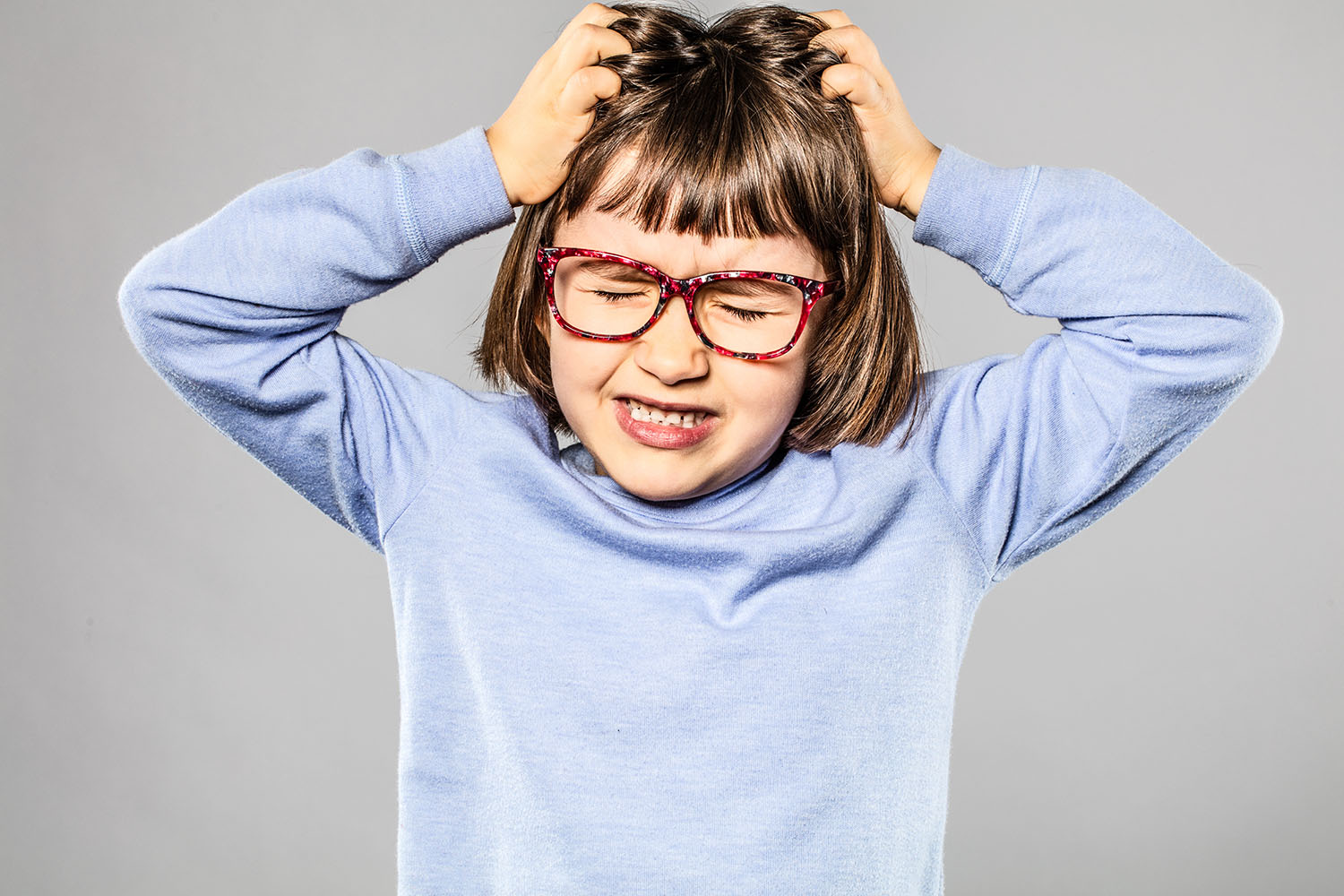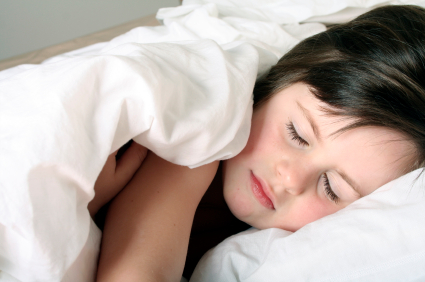
While head lice can spread at any time of the year, it’s particularly important to be on the lookout for signs of lice in the winter, especially when we are all spending more time gathering indoors in close quarters.
Lice spread through head-to-head contact. “During the winter, people tend to snuggle more and spend more time indoors watching movies or playing games,” says Ilene Steinberg, CEO of the Center for Lice Control in Havertown, Pennsylvania. Your family can take some preventive measures to avoid the dreaded itchy heads, but if someone does get lice, you can eradicate the problem.
Preventing lice
No parent wants to deal with a lice infestation to begin with. How can parents prevent it from being a problem in the first place?
“They (kids) shouldn’t share combs, brushes or hair ties with other children and shouldn’t share pillows, bedsheets and lie on carpets that were used by a child with lice,” says Kate Cronan, an emergency attending physician at Nemours Children’s Hospital in Wilmington, Delaware.
If you know that your child may have been exposed to head lice, you’ll want to find the lice early to avoid further outbreaks. Steinberg recommends taking three steps:
- Narrow the lice target by putting hair up in a braid, bun or high ponytail.
- Do a combing head check on wet, detangled hair with a good all metal nit comb.
- Do combing head checks for anyone in your house who may have shared a hair brush or could have had head- to-head contact with a family member who has had lice during the past three weeks.
Staying alert for signs of lice
Treating lice as early as possible is crucial because lice won’t go away on their own, and the volume will increase greatly over time. Cronan says parents should look for the following signs:
- Itching: “Itching happens because of a reaction to the saliva of lice,” Cronan says. “The itching may not happen right away. Their child may complain of things tickling or moving around on their heads.”
- Lice eggs and adult lice: “These look like tiny yellow, tan or brown dots before they hatch. Lice nits are found on hair shafts close to the scalp, where the temperature is perfect for keeping warm until they hatch. Nits look a bit like dandruff, but they aren’t removed by brushing or shaking them off.”
- Small red bumps or sores from scratching: “Kids may have mild irritation from rubbing their heads. Others may get a bothersome rash. When a child is scratching a lot, this scratching may lead to a bacterial infection. Parents should look for swollen lymph nodes (glands) on the back or front of the neck. Doctors can treat a skin infection with an antibiotic if needed.”
Treating a lice problem
Over-the-counter and prescription medicated shampoos and lotions can help kill lice.
Steinberg recommends dimethicone, a medication used as a moisturizer for skin irritations, as the best treatment for head lice. “Dimethicone eliminates all live lice within seconds,” Steinberg says. “To treat lice effectively, you need to remove all live lice to end the infestation and make the person no longer contagious.”
Kids can still go to school while having lice, as long as they take some precautions and are being treated at home. “In most cases, a child who has lice should stay at school until the end of the day, go home and get treatment, and return to school the next day,” Cronan says. “While they are at school, kids should avoid head-to-head contact with other kids. It can help to put long hair up in a bun, braid or ponytail.”
Knowing when to seek professional help
If the lice case is too severe or challenging to get rid of at home, several professionals can help with removing lice.
“If someone has an overwhelming amount of lice and nits, (seeking) a professional is a good option,” Steinberg says. “Also, if someone has had a bad previous experience with lice and is very stressed, having help can make the situation easier to manage.”
It’s a myth that only people who are unclean or have bad hygiene get lice. Anyone who has hair on one’s head can get lice. It’s important that kids and parents are all aware of the signs and how to treat a lice problem effectively before worsening an outbreak at home or school.
This piece first appeared in the January 2022 issue of MetroKids.






